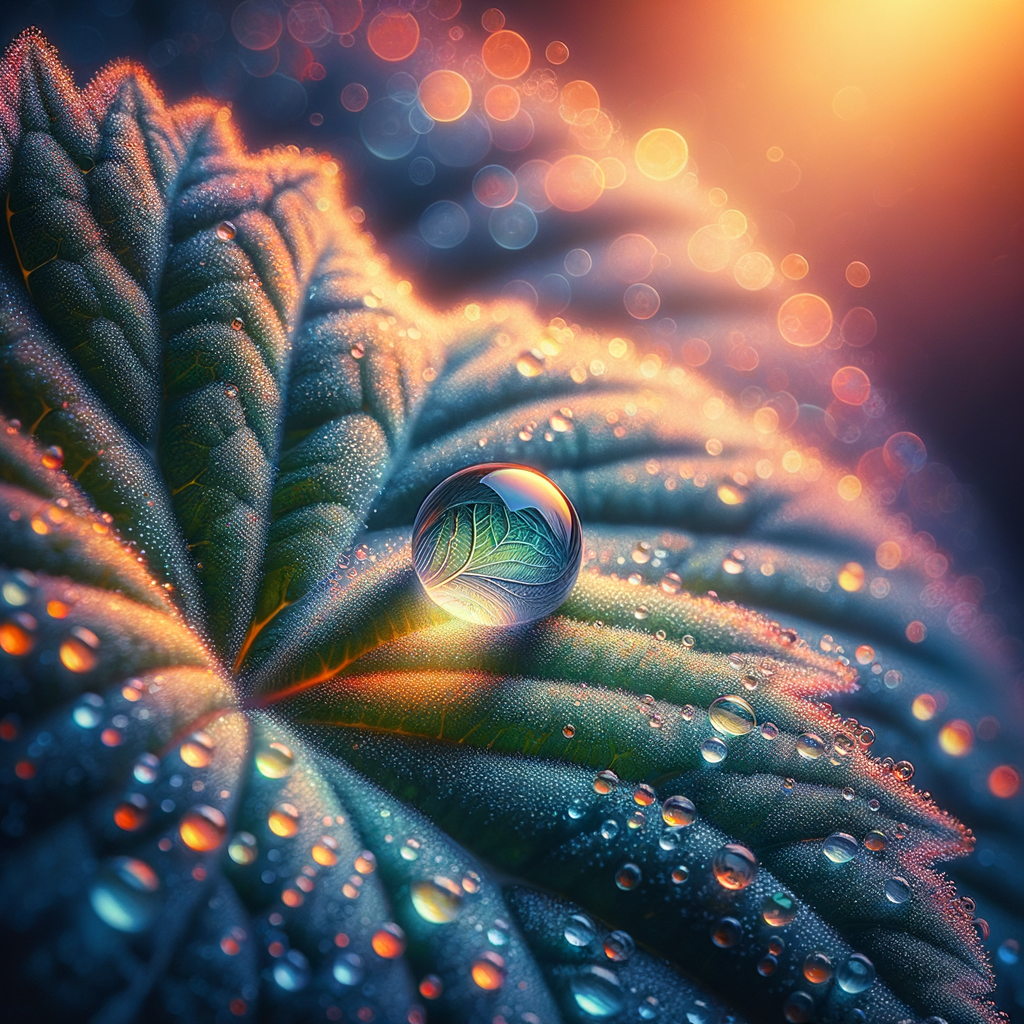
Macro photography is the art of capturing the tiniest details that often go unnoticed in everyday life. This form of photography opens the door to a unique world filled with textures, shapes, and nuances. If you have ever wondered how to capture the beauty of small objects, this article is for you. We will explore essential techniques, equipment, and tips to help you become a master of macro shooting.
Introduction to Macro Photography
Macro photography is the art of capturing the tiniest details that often go unnoticed in everyday life. This form of photography opens the door to a unique world filled with textures, shapes, and nuances. To effectively achieve stunning shots, it's essential to understand the specifics of macro shooting and select the right equipment.
Equipment for Macro Photography
For macro photography, specialized equipment is needed to help you achieve the best results. There are various types of lenses and cameras that are designed for macro shooting:
- Macro Lenses: These lenses allow for close-up shots, perfectly focusing on the subject.
- Extension Tubes: These accessories can be attached to standard lenses to enable close-range photography.
- Tripods and Supports: Using a tripod helps avoid camera shake and ensures stability.
Choosing Subjects for Macro Shooting
When it comes to subjects for macro photography, the possibilities are endless. You can photograph:
- Flowers and Plants
- Insects
- Textures of objects (e.g., wood or fabric)
- Water droplets or dew
Each subject offers unique opportunities for experimenting with lighting and composition.
Macro Shooting Techniques
To make professional images, several technical aspects should be considered:
- Depth of Field: In macro photography, managing depth of field is crucial to highlight the subject against a blurred background.
- Lighting: Lighting is a key component. Use natural light or additional light sources to emphasize details.
- Stability: Maintaining a stable camera position reduces the risk of image blurring, especially when using long exposures.
Post-Processing Macro Photos
After capturing images, post-processing plays an important role in macro photography. To enhance pictures, you can use photo editing software such as Adobe Photoshop or Lightroom to adjust colors, contrast, and sharpness.
Conclusion
Macro photography is a fascinating way to capture details that often go unnoticed. By using the right techniques and equipment, you can create stunning photographs that will amaze viewers and ignite their interest in the small wonders surrounding us every day.


